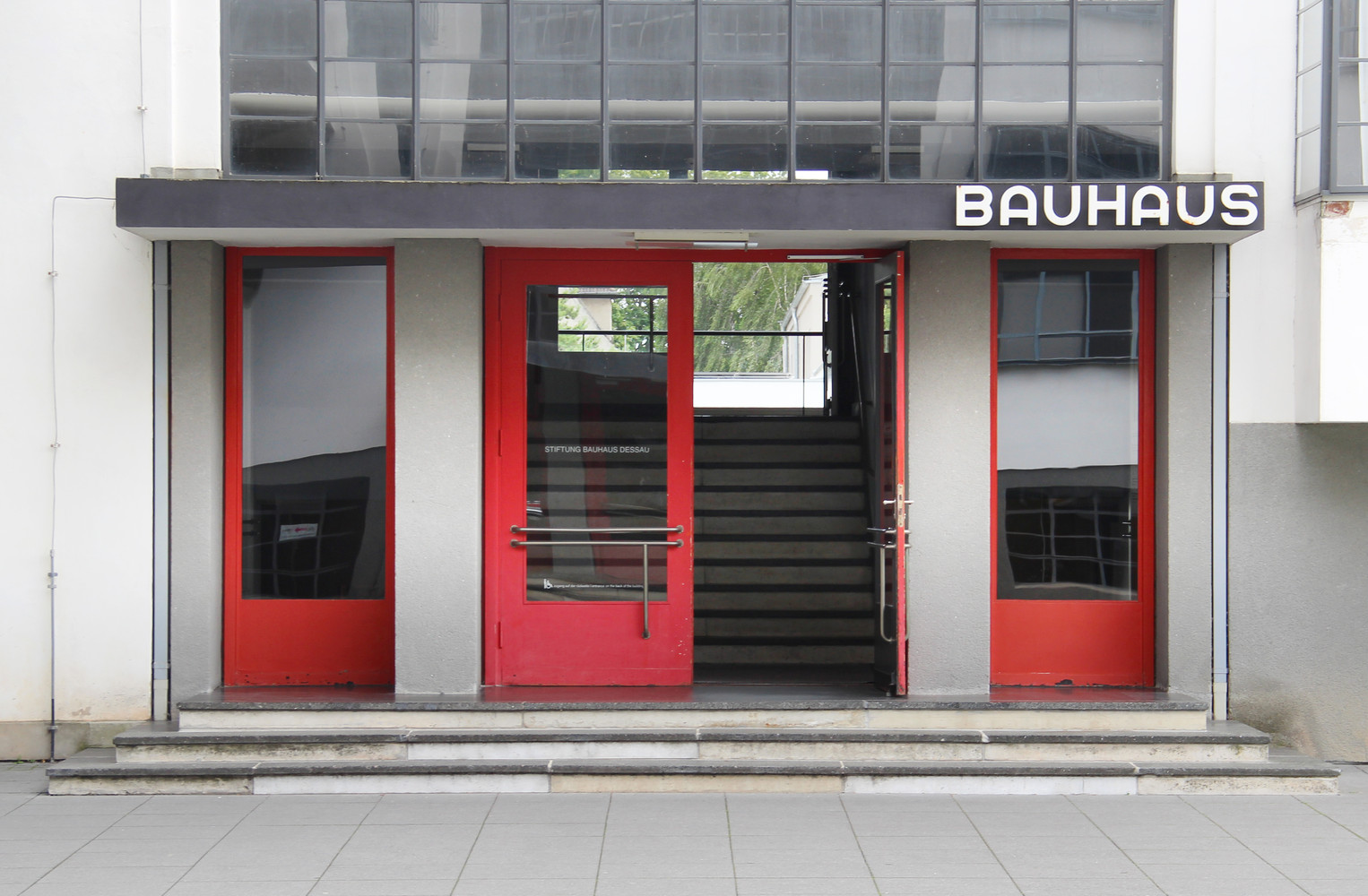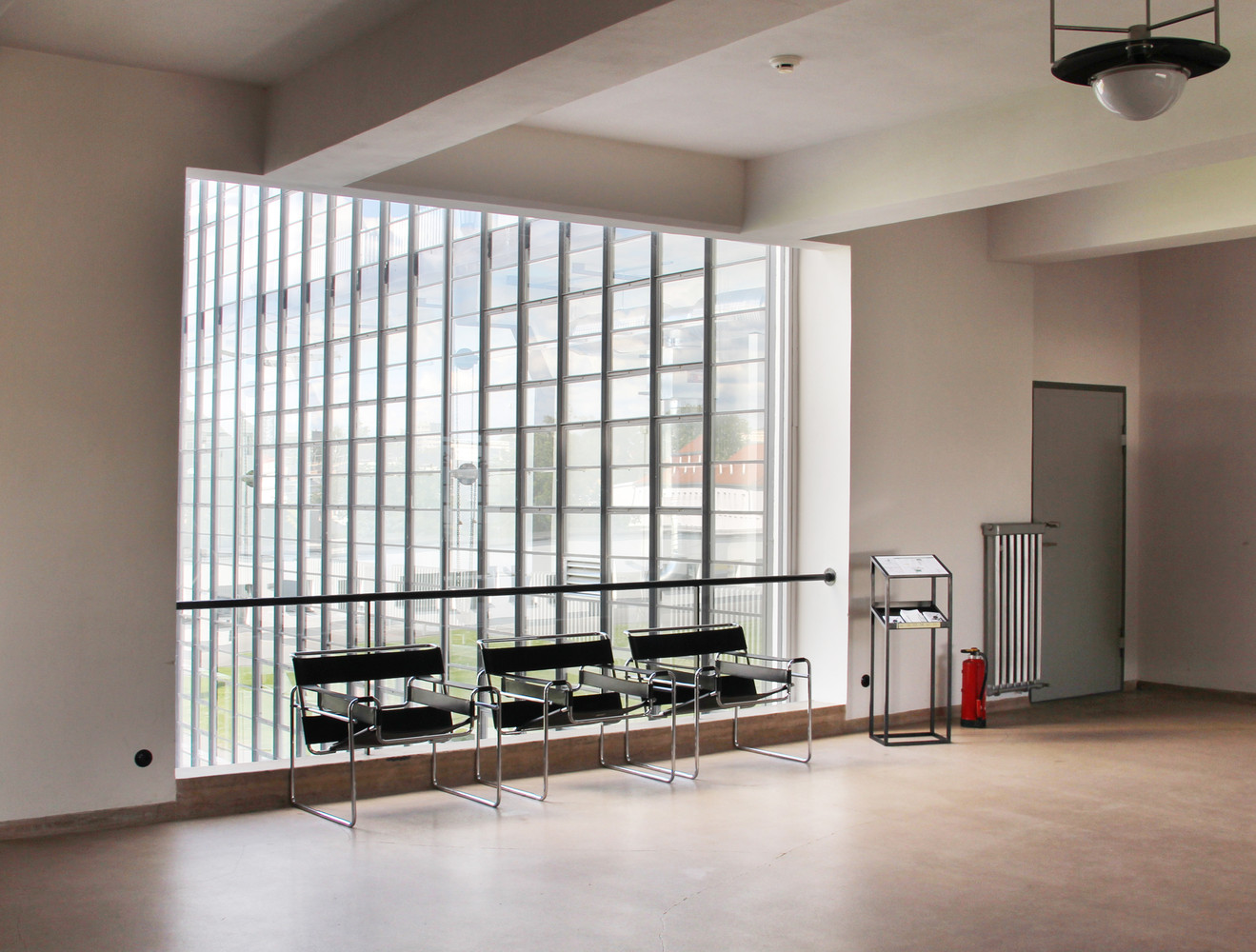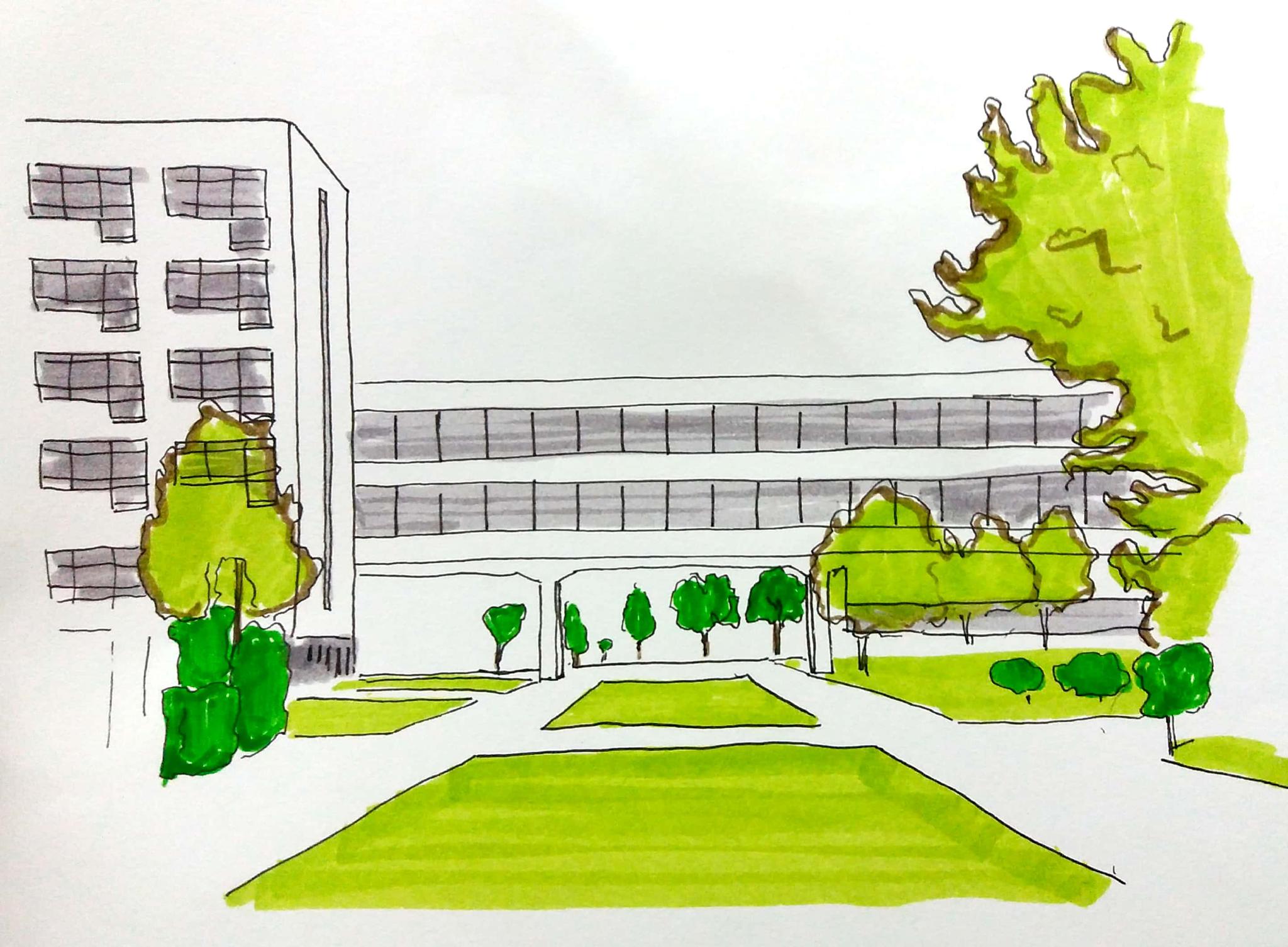A Visual Analysis of Bauhaus, Dessau
Bauhaus was known as a phenomenal art movement emerged in the early 20's century, as another continuing impact from Industrial Revolution. The movement included a number of prominent artists, designers, painters, sculptors, and architects whose works remarked the leagues of their own timelessly. In architecture, we can easily refer the style and characteristics to the Bauhaus Institute of Design building in Dessau for the movement eminently went after the name of the school.
Bauhaus was initially an art and crafts educational institute founded by German architect, Walter Gropius, in 1919. In Germany, Bauhaus means “house of building”, estimated to root from its idealism of avant-garde design and breeding of global top artists. After a political resentment directed towards the school, Bauhaus was forced to move from Weimar to Dessau. This momentum was taken as an opportunity by Gropius to establish a more complete whole of a design school within its walls.

Bauhaus name sign. There is no 'front facade' of the building because it was arranged so every angle would give the equal sense of a balanced composition.
The project was built in 1925-1926 on a 113,400 sq ft site with approximately 250,600 sq ft building area. It was much influenced by the modernization of industrial technology, the style of Dessau Bauhaus building clearly showed a fresh style in crafting and using factory-produced materials of its time. The building adopted rather an international style than Neo-classicism which also implied in the apparent sense of rationalism, functional design considerations, and anti-decorative manner in its geometric based composition. The strong concept conceived of the movement had created a distinct character that is very modern and sharp in the space around Bauhaus campus area.
For instance, the use of a huge curtain wall with glass framed in black painted metal covering the building façade was an obvious element displaying the mechanical detail and modern engineering orientation of its design. It is as though the transparency from outside to inside the building was presenting and showing off the life of the design school through a layer of technical magnificence straight to the viewers’ eyes. Other elements of the building resembled the powerful ideas of Bauhaus style, like the color blocks giving highlights in a few corners around the space. Not only through its furniture, but the color highlights also found on the walls were far from ornamental intention. Hence, it was elaborated to how the architect indicated load bearing and non-load-bearing walls in the structure.


Color highlight and interior of the building. Everything fit for function, no decoration.
The asymmetrical composition of this Bauhaus building was also an evident of its protest to classical design rules. Instead, Gropius had reduced the essence of repetition and proportions into a simplified form of columns and bearing walls in of course a modernistic technicality. As the school had focused its interest in art, architecture, industrial design, typography, graphic design, and interior design, it was built in such a way that connected all fields of the subject to generate a comprehensive plan presentable of a design school.

Iconic use of geometric shape, glass, and metal framework in Bauhaus building composition.
This building instantly gave a significance to the history of architecture and the Bauhaus movement itself. Because, as intended in its creation, Dessau Bauhaus building successfully combined a varied range of design specializations and produced an intense composition with a very rich and original taste of its own style. Even up to this day, Bauhaus style is still considered a popular reference in design, and specifically, in architecture it can easily be learned through the recognition of this building.
References
Bauhaus Building by Walter Gropius (1925-1926). (2018). Retrieved from Bauhaus Dessau: https://www.bauhaus-dessau.de/en/architecture/bauhaus-building.html
Borteh, L. (2018). Bauhaus Movement Overview and Analysis. Retrieved from The Art Story: https://www.theartstory.org/movement-bauhaus.htm
Sveiven, M. (2010, November 10). AD Classics: Dessau Bauhaus / Walter Gropius. Retrieved from Arch Daily: https://www.archdaily.com/87728/ad-classics-dessau-bauhaus-walter-gropius?ad_medium=gallery
